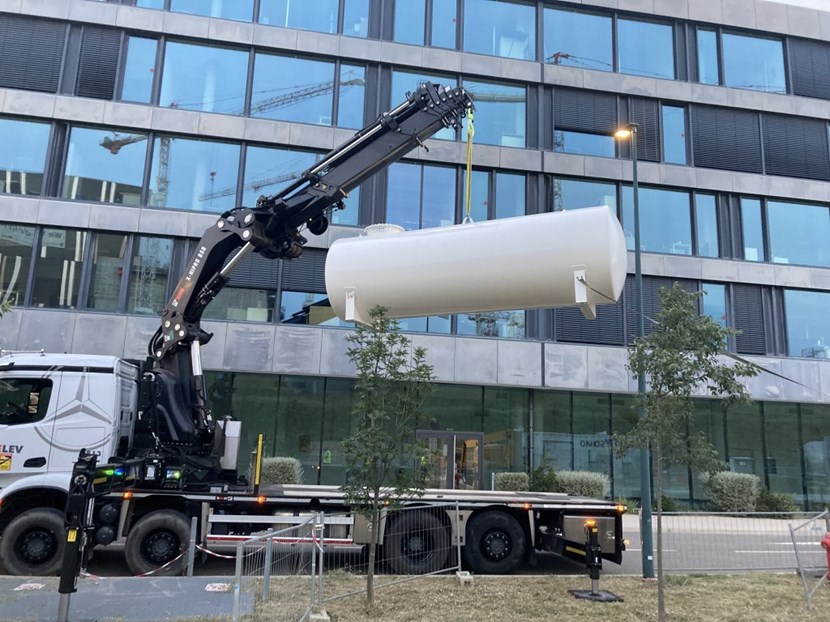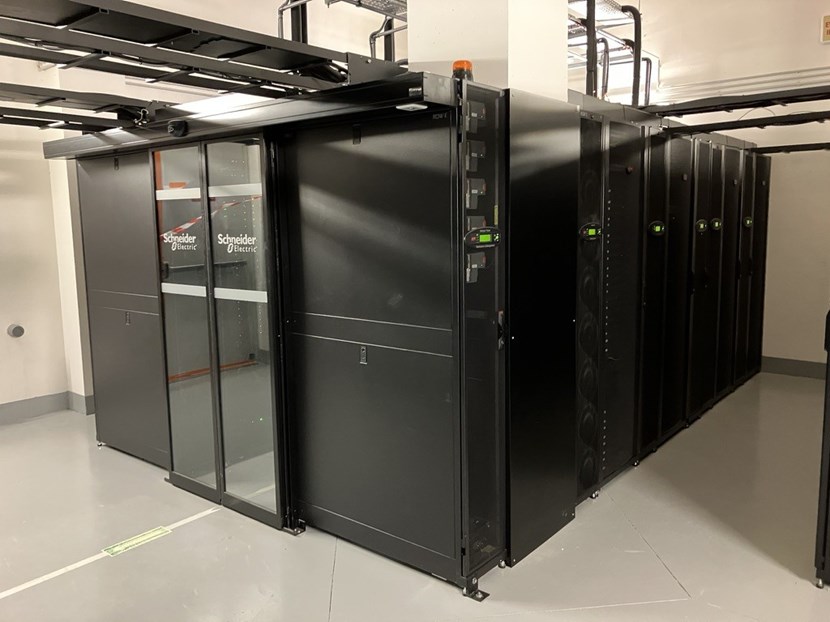
ITER's future Scientific Data and Computer Centre will store, secure, process and distribute the vast amounts of scientific data produced during experiments. (This is a stock image used for illustrative purposes.) To meet the target of 99.99% availability—including to Members offsite—the ITER Organization will rely on outside partners for some of its storage and data accessibility needs.
"In the end, what the Member states are paying for is the data," says Peter Kroul, Computing Center Officer. The job at the ITER Scientific Data and Computer Centre (SDCC) is to deliver on that commitment—storing, securing, processing and distributing the vast amounts of scientific data produced throughout the lifetime of the project. But the Data Centre will not do it alone; it will be assisted by partners with deep experience in managing and sharing very high volumes of information.

Outside of ITER Headquarters, cooling and electrical equipment has been installed for the ITER Scientific Data and Computer Centre, including this extra fuel tank for extended generator operation.









